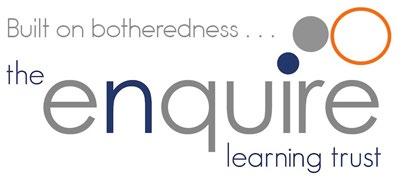

Mixed Classes FAQs
Why are Year 1 and Year 2 students being placed in mixed classes?
This year, our Reception children have been in two small classes of 17. While this setup got the children off to a fantastic start, it’s unfortunately not something we can sustain financially. School funding is based on pupil numbers, and with our current numbers, we simply can’t afford two separate Year 1 classes. Since class sizes in Key Stage 1 can’t go over 30, we can’t just combine everyone into one big Year 1 class either. Creating mixed Year 1 and Year 2 classes helps us manage this, while also giving children the chance to learn from each other. It encourages collaboration, builds social skills, and allows us to tailor teaching more flexibly to individual needs.
How will core subjects like English and Maths be taught?
English and Maths will still be taught in separate sessions for Year 1 and Year 2 children. This means each group will get lessons that are right for their age and stage of learning.
How will teachers manage the mixed classes?
Each class will have a teacher and a teaching assistant working closely together. They’ll use a range of teaching strategies to make sure every child gets the support and challenge they need. Lessons will be planned carefully to meet the different learning needs within the class.
Will
this affect my child’s progress?
Not at all. In fact, we believe this setup can enhance learning. Children will still get age-appropriate teaching in core subjects, and the mixed environment can boost confidence, independence, and peer learning.
How will assessments work?
Children will be assessed in English and Maths within their own year groups, so their progress is measured against the appropriate expectations. For mixed activities, we’ll use formative assessments to support learning and ensure progress for all

What if my child finds the change difficult?
We know that change can be tricky. Our staff are experienced in supporting children through transitions and will be keeping a close eye on how everyone is settling in. If you have any concerns, please don’t hesitate to speak to us we’re here to help.
How can I support my child during this transition?
Stay in touch with your child’s teacher, encourage a positive attitude about the new class setup, and help with learning at home when you can. Attending school events and engaging with the school will also help you stay informed and involved.
Will my child fall behind if they’re in a class with younger children?
Definitely not. Teaching in primary schools is always based on where each child is in their learning not just their age. Our teachers are skilled at planning lessons that stretch and support children at all levels. Everyone will be challenged appropriately, and learning will continue to build steadily from year to year.
Will
there
be repeated learning?
Some repetition is actually helpful for deep learning, but we’re careful to avoid unnecessary overlap. The KS1 curriculum is designed to be flexible across Years 1 and 2, and we will follow a two-year cycle. This will ensure that the content will be new for all the children. For English and Maths, we’ll group children by year and use our experienced teaching assistants to support smaller groups. This helps us keep learning focused and effective.
Will there be a chance for parents to learn more?
Yes! We’ll be holding information sessions and sharing written materials to explain everything clearly. These will be great opportunities to ask questions and share any thoughts you have.
Are there any benefits to this setup?
Absolutely. Older children often thrive when they take on a mentoring role, and younger ones benefit from having role models to look up to. Mixed-age classes can boost problem-solving, vocabulary, and social skills. Plus, with core subjects taught separately, children really do get the best of both worlds.
What if my child’s friendship group is split?
We do take friendships into account when placing children, but mixing things up a bit can actually be a good thing. It helps children widen their social circle and build new friendships. And of course, there will still be plenty of chances to see old friends during playtimes, lunchtimes, and school events.
You’re always welcome to contact the school office or speak to your child’s teacher. We’re here to support you and your child every step of the way.
